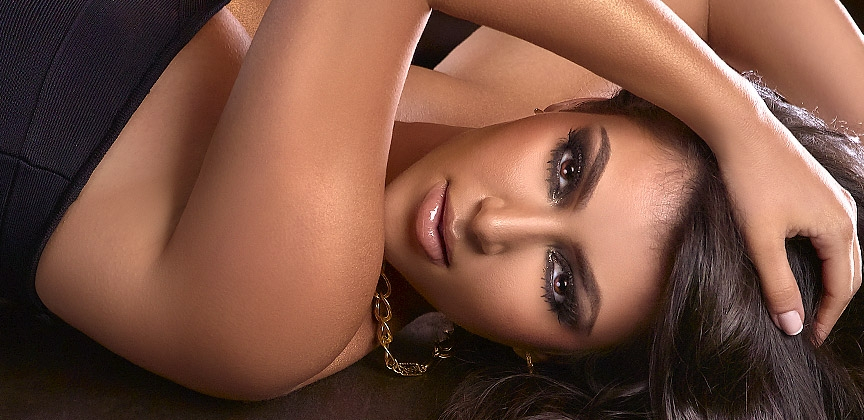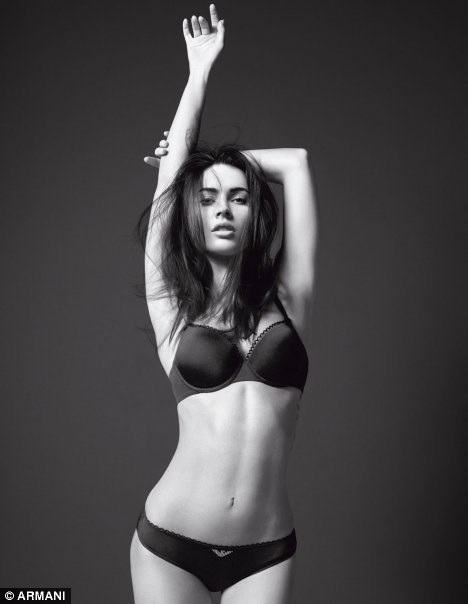Regional Identity
Where is my family from?
My Mum: Watford, England
My Dad: Limerick, Ireland
Do you have an accent or use dialect words for things?
I swap my saying for things like grass and bath. I say roll instead of batch or cob or bun
Do you think you can tell where people come from by their accent/clothing food/food habits/how they spend there money etc.?
I think that you can tell where someone is from by there accent if it is very strong, and you can tell someone by what there were and things like makeup an hair cuts, and example of this is something like a scouse brow. I do not thinks you can tell someone where they are from by how they spend there money.
Do we have different opinions of people if they are from urban or rural areas? what about in the past if people came from urban or rural areas?
Yes we do stereotype people from where they are from because of things like the media, such as people from rural areas all farmers and people from urban places are all hooded thugs.
Tuesday, 26 November 2013
Monday, 11 November 2013
Gender (Doctor Who)
Gender
Gender is shown as the man being the dominant and powerful one and having control of the situation and the woman is shown as being vulnerable, weak and helpless and cannot do anything to help themselves but in the clip Martha is shown as dominant and powerful compared to most of the men and ends up having control of the situation.
With the miss-en-scen of the scene it shows The Master and the women in the red dress on a higher platform than martha, this is to show the dominance over Martha in this part of the scene, there is also multiple mid shots of armed guards keeping people hostages, they are mostly females that are being held hostages in working clothes, this shows the dominance of the armed guards in there military uniform.
In the scene Martha is wearing very masculine clothing, maybe even military. There are lots of close up in the shot which shows all of Martha's emotions in a lot of details, this would show the stereotype of women being much more emotional compared to men as there are not many close up to the masters face, also the people being held hostage seem very emotional and the majority of them are women. The women in the red dress would be shown as a typical women because being in a dress showing a lot of body parts and also wearing makeup which is mostly linked to women.
Constantly throughout the scene there are multiple low angle shots of Martha and high angle shots of The Master, this would be to show that The Master has all of the power and dominance over Martha. The Master is at an high angle shot at the beginning of the scene so the viewer would instantly know who has the power in the situation.
In the scene there is a flashback were Martha is shown doing independent hard work, this would be seen as an opposite of the female stereotype because this would normally be associated for the man, also at the end of the scene it is Martha that saves the Doctor at the end of the situation but at the very end of the scene it is an confrontation between The doctor and The Master and Martha does not play a part anymore in the situation.
Throughout the scene the Master voice seemed to be raised a lot louder compared to Martha, this could be to show The Masters dominance over Martha which would stereotype the male being stronger over the female but as the clip progresses Martha's voice slowly begins to increase in volume as she slowly begins to stand back up and when she has full control of the situation the Masters voice has greatly lowered in volume.
Overall in the clip of Doctor Who there are multiple female stereotypes that are proven wrong and have swapped roles with the male, the use of sound and camera angles show who has the power in the situation and who doesn't, stereotypically the female beings as the weakling in the scene but by the end she has full control of the situation.
Wednesday, 6 November 2013
The male Gaze
The Male Gaze
Chocolate Box: half or full-smile, lips together or slightly parted, teeth barely visible, full or three-quarter face to camera. Projected mood: blandly pleasing, warm bath warmth, where uniformity of features in their smooth perfection is devoid of uniqueness or of individuality.
Invitational: emphasis on the eyes, mouth shut or with only a hint of a smile, head to one side or looking back to camera. Projected mood: suggestive of mischief or mystery, the hint of contact potential rather than sexual promise, the cover equivalent of advertising’s soft sell.
Super-smiler: full face, wide open toothy smile, head thrust forward or chin thrown back, hair often wind-blown. Projected mood: aggressive, ‘look-at-me’ demanding, the hard sell, ‘big come-on’ approach.
Romantic or Sexual: a fourth and more general classification devised to include male and female ‘two-somes’; or the dreamy, heavy-lidded, unsmiling big-heads, or the overtly sensual or sexual. Projected moods: possible ‘available’ and definitely ‘available’.
The Male Gaze video (Lynx Apollo advert)
This video fits the Laura Mulvey male gaze theory because the video focuses on things like the curves of the body when she is running to the dominant man, it makes the viewer feel that women will be attracted to him for using that product. it also shows the women being treated like an object as she being carried around by the man and is instantly takenfrom him.
Chocolate Box: half or full-smile, lips together or slightly parted, teeth barely visible, full or three-quarter face to camera. Projected mood: blandly pleasing, warm bath warmth, where uniformity of features in their smooth perfection is devoid of uniqueness or of individuality.
Invitational: emphasis on the eyes, mouth shut or with only a hint of a smile, head to one side or looking back to camera. Projected mood: suggestive of mischief or mystery, the hint of contact potential rather than sexual promise, the cover equivalent of advertising’s soft sell.
Super-smiler: full face, wide open toothy smile, head thrust forward or chin thrown back, hair often wind-blown. Projected mood: aggressive, ‘look-at-me’ demanding, the hard sell, ‘big come-on’ approach.
Romantic or Sexual: a fourth and more general classification devised to include male and female ‘two-somes’; or the dreamy, heavy-lidded, unsmiling big-heads, or the overtly sensual or sexual. Projected moods: possible ‘available’ and definitely ‘available’.
The Male Gaze video (Lynx Apollo advert)
This video fits the Laura Mulvey male gaze theory because the video focuses on things like the curves of the body when she is running to the dominant man, it makes the viewer feel that women will be attracted to him for using that product. it also shows the women being treated like an object as she being carried around by the man and is instantly takenfrom him.
Subscribe to:
Comments (Atom)



